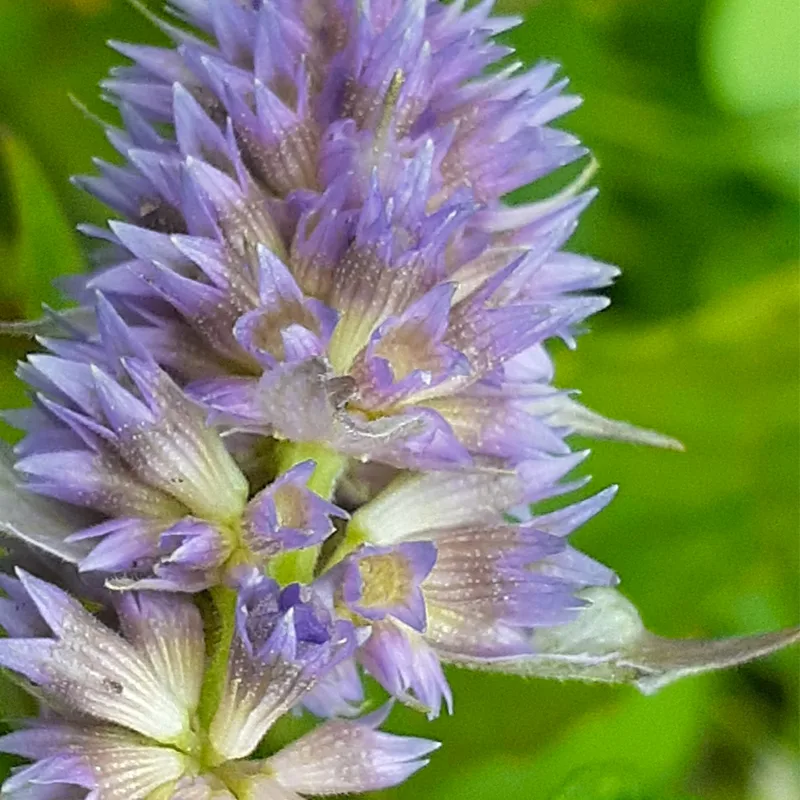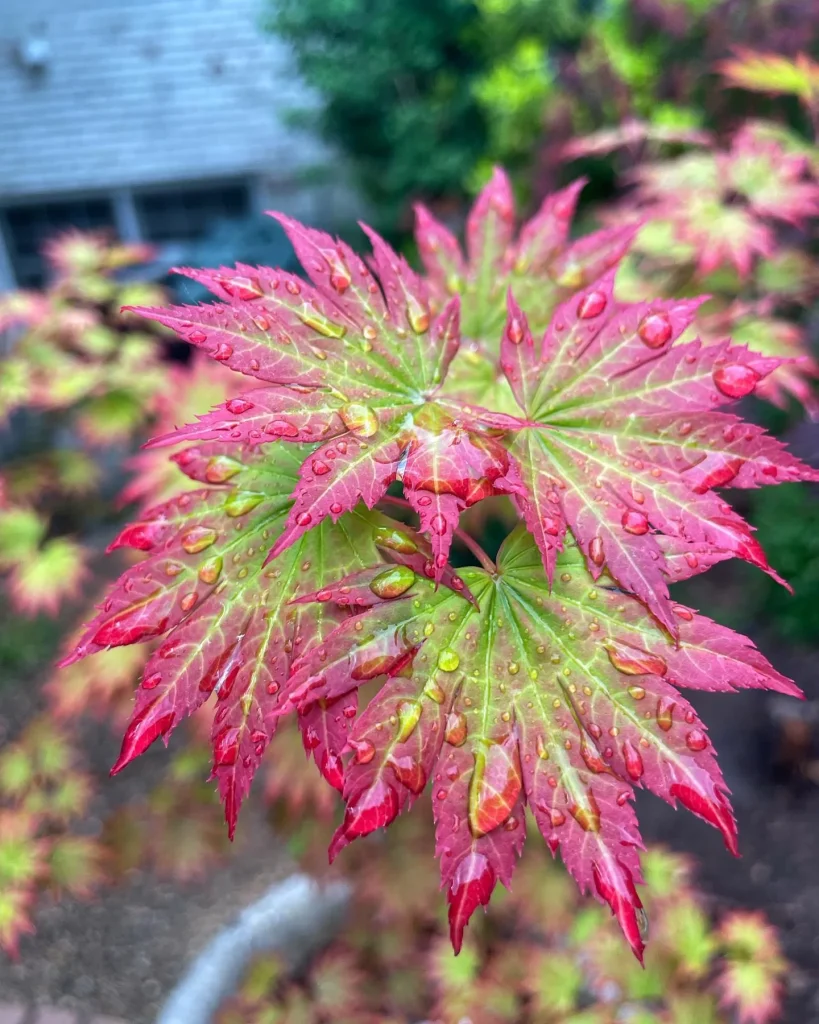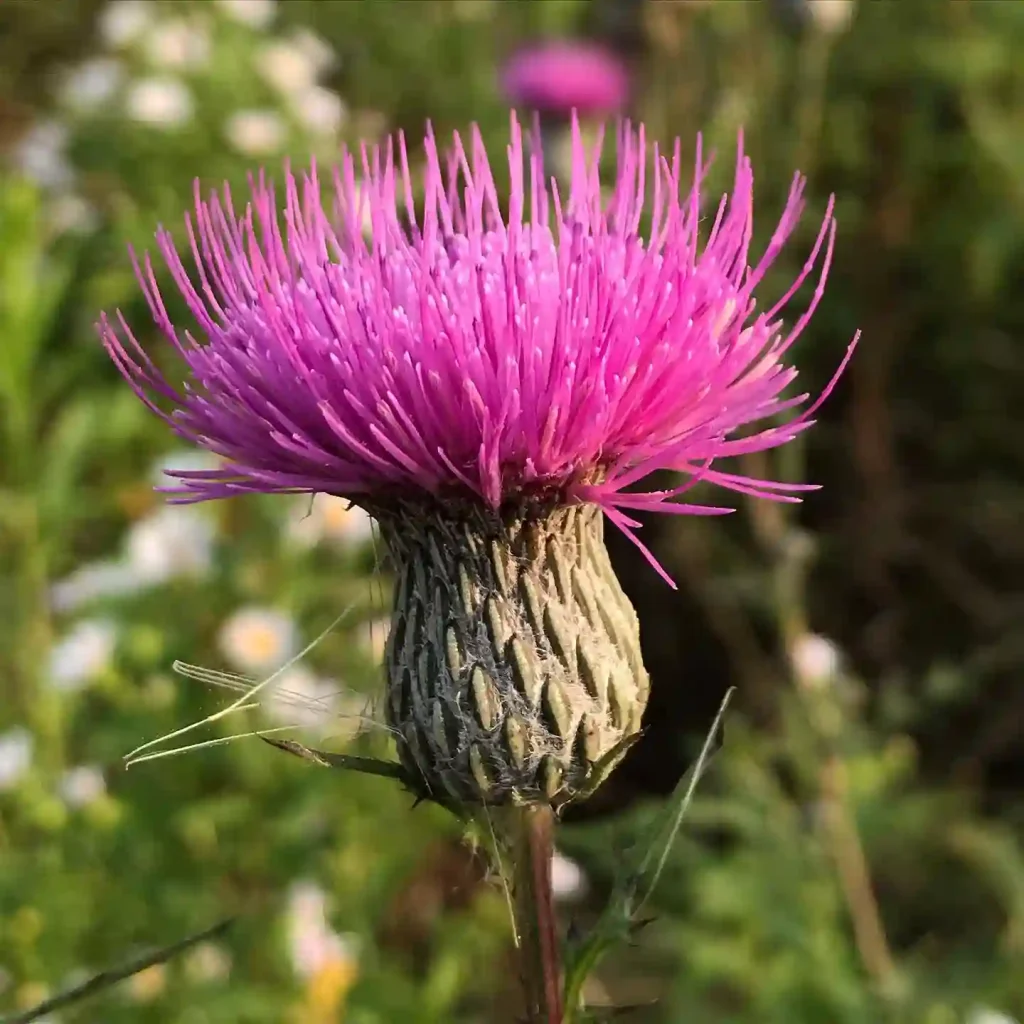Aglaonema Bamboo: Your Guide to This Easy-Care Beauty
Hi, Ferb Vu here! Today, we’re diving into the world of the Aglaonema Bamboo, a stunning and low-maintenance houseplant. This beauty is a favorite among plant enthusiasts, and for good reason. Its elegant looks and adaptability make it a perfect choice for busy individuals or anyone seeking to add a touch of greenery to their space.
26 Species in Genus Aglaonema
What is an Aglaonema Bamboo?
The Aglaonema Bamboo, also known as the Chinese Evergreen ‘Bamboo,’ is a variety of the Aglaonema genus. It’s known for its long, slender leaves with a beautiful variegation of green and sometimes cream or silver. This slow-growing plant boasts a compact form, making it ideal for apartments or smaller living spaces.
Is Aglaonema Bamboo Easy to Care For?
Absolutely! One of the biggest draws of the Aglaonema Bamboo is its ease of care. It thrives in low to moderate light conditions, making it perfect for those not-so-sunny spots in your home. Watering is a breeze too. Just allow the top inch of soil to dry out completely before giving it a drink.
How Often Should I Water My Aglaonema Bamboo?
Remember, underwatering is always better than overwatering with this plant. During the warmer months, you might need to water it once a week. However, in cooler months, you can stretch it out even further. Keep an eye on your plant and adjust your watering schedule accordingly.
What Kind of Light Does My Aglaonema Bamboo Need?
As mentioned earlier, the Aglaonema Bamboo is a champion at adapting to lower light conditions. While it won’t complain about some bright, indirect light, it can definitely tolerate shadier areas. This makes it a great choice for offices or north-facing windows.
Does Aglaonema Bamboo Like Humidity?
Average household humidity levels are perfectly fine for the Aglaonema Bamboo. However, if the air gets particularly dry, you can mist the leaves occasionally or use a pebble tray filled with water to increase the surrounding humidity.
What Kind of Soil Does My Aglaonema Bamboo Need?
A well-draining potting mix is key for your Aglaonema Bamboo. A good option is a standard potting mix with added perlite or orchid bark for extra drainage. This will prevent water from logging around the roots, which can lead to rot.
How Big Does an Aglaonema Bamboo Get?
The Aglaonema Bamboo is a slow grower, typically reaching heights of 12 to 18 inches. It also tends to stay on the bushier side, making it a great choice for adding a touch of tropical flair to tabletops, shelves, or even bathroom vanities.
Is Aglaonema Bamboo Toxic?
Unfortunately, yes. Like many other houseplants, the Aglaonema Bamboo contains calcium oxalate crystals, which can be irritating if ingested. If you have pets or small children, it’s best to keep this plant out of reach.
Aglaonema Bamboo vs. Dieffenbachia
Both Aglaonema Bamboo and Dieffenbachia (Dumb Cane) are popular low-light houseplants with beautiful foliage. However, there are some key differences. Dieffenbachia tends to have larger, broader leaves and can grow much taller than the Aglaonema Bamboo. Additionally, Dieffenbachia is much more toxic, so it’s definitely not a good choice for homes with pets or curious children.
Aglaonema Bamboo vs. Snake Plant
Another popular low-maintenance houseplant, the Snake Plant, is known for its upright, sword-like leaves. While both plants are easy to care for, the Snake Plant thrives on even less light than the Aglaonema Bamboo. It also requires even less watering. If you’re looking for a plant that practically takes care of itself, the Snake Plant might be a better choice.
Conclusion
The Aglaonema Bamboo is a fantastic houseplant for anyone seeking a touch of elegance and low-maintenance greenery. With its beautiful foliage, adaptability to various light conditions, and ease of care, this plant is sure to become a cherished member of your indoor jungle. So, if you’re looking for a fuss-free plant that adds a touch of the tropics to your space, the Aglaonema Bamboo is a perfect choice!
If i die, water my plants!



